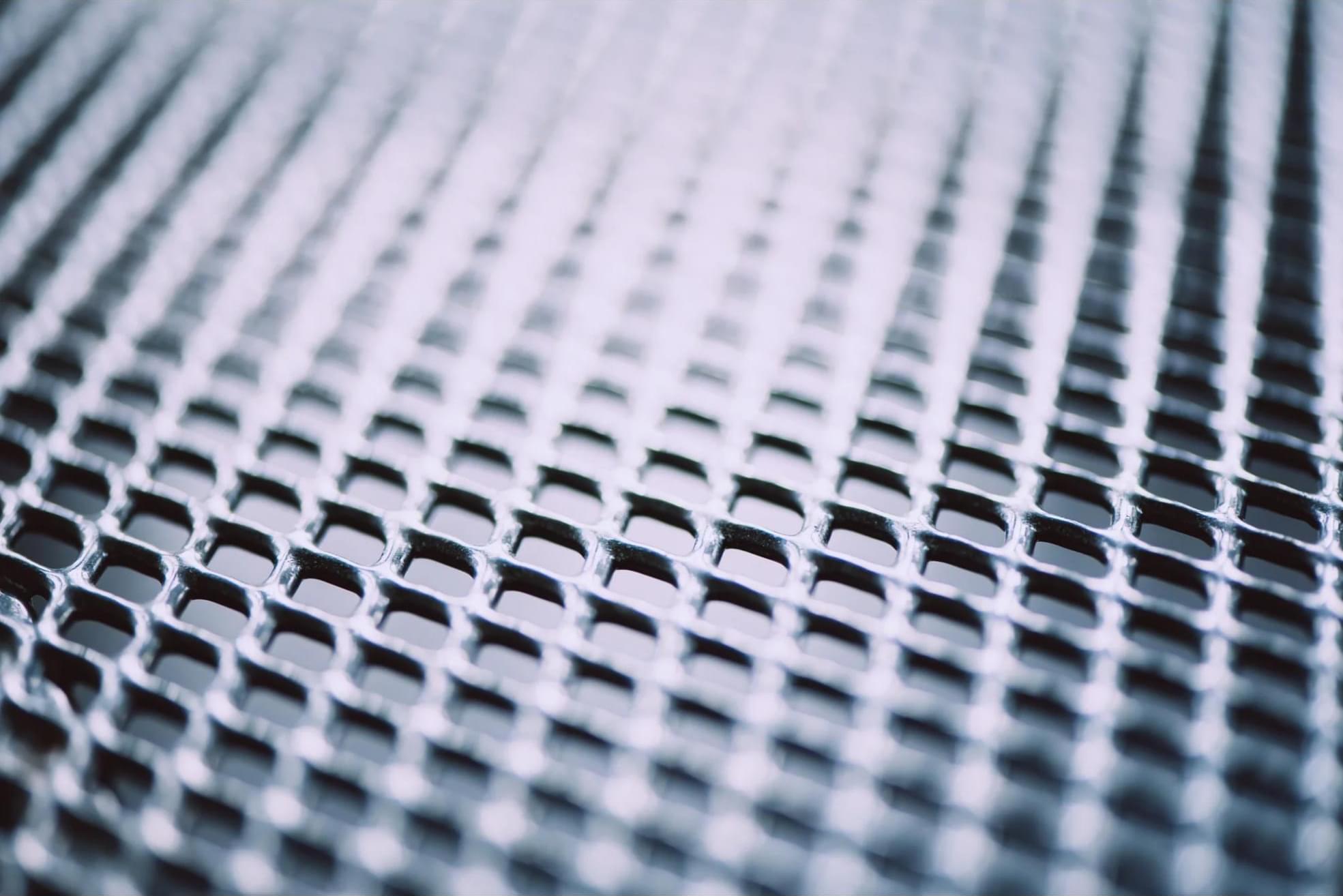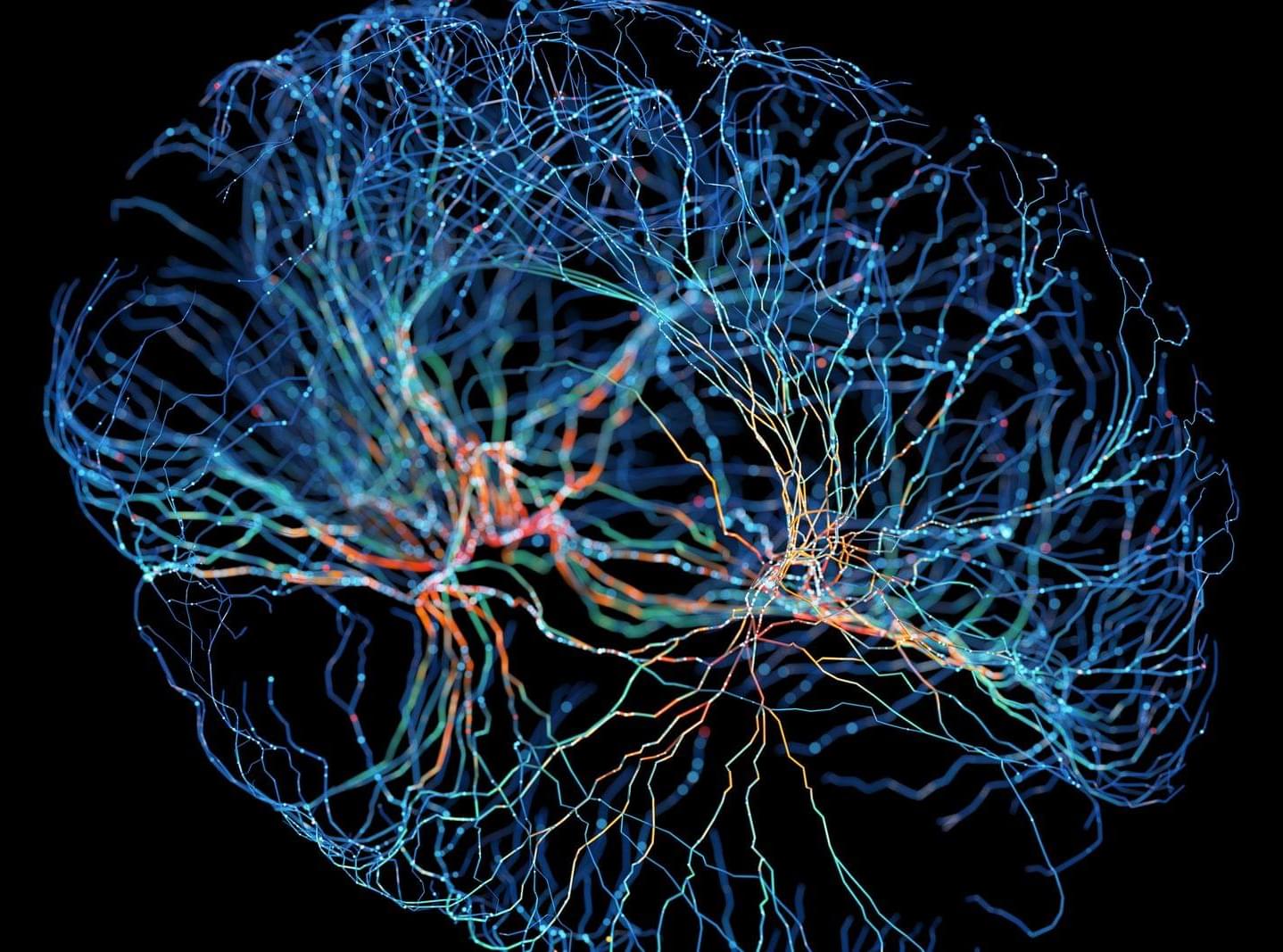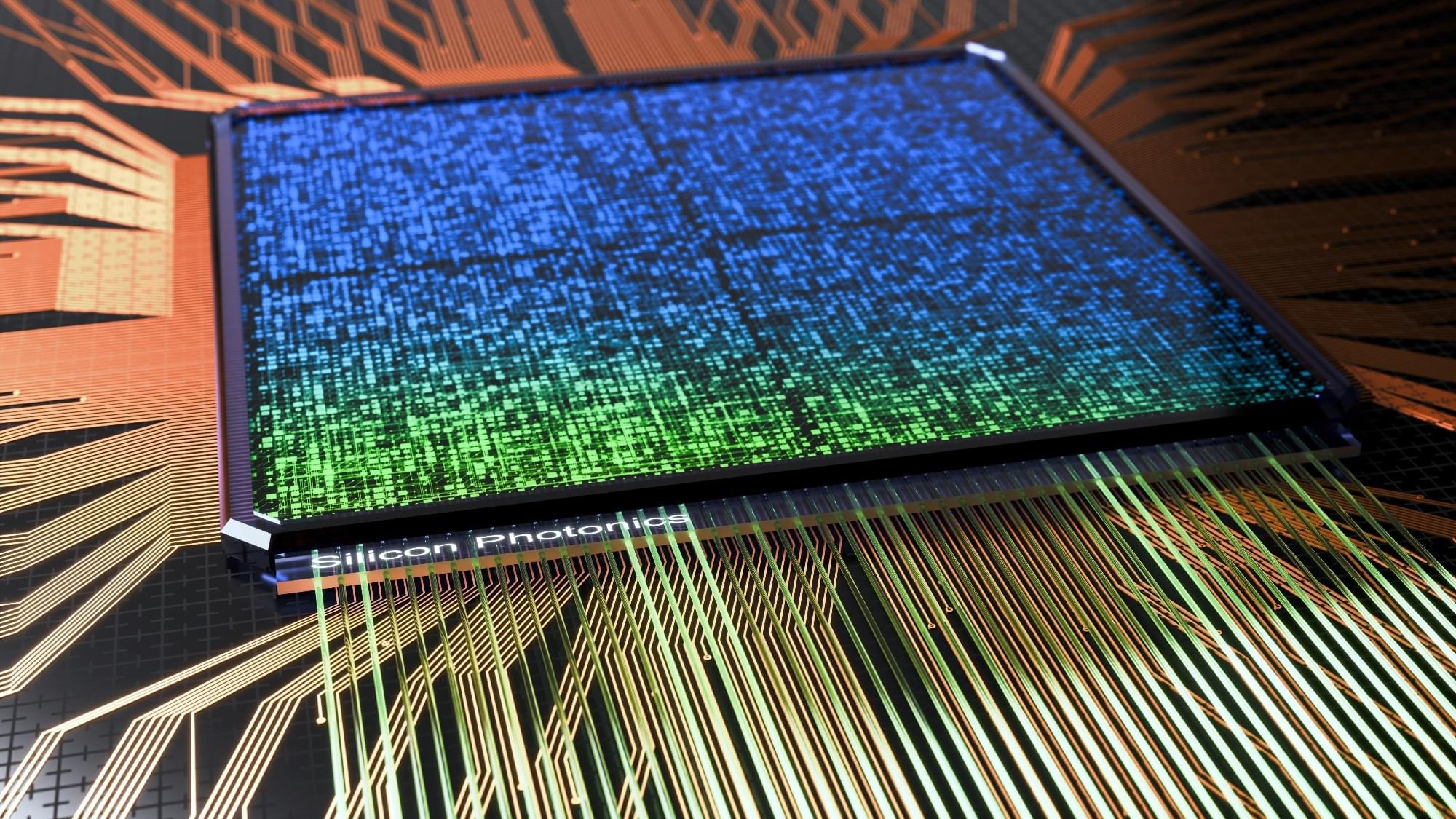A study presents ALPACA, a computational method for inferring clone- and allele-specific copy numbers of individual clones from multi-sample bulk DNA-sequencing data, and demonstrates its use to study metastasis trajectories.



Terra Quantum has published a groundbreaking advance in quantum error correction that redefines how we scale quantum computing. In the peer-reviewed paper “QMM-Enhanced Error Correction: Demonstrating Reversible Imprinting and Retrieval for Robust Quantum Computation”, Terra Quantum scientists present QMM-Enhanced Error Correction, a hardware-validated, measurement-free method for suppressing quantum errors, based on principles derived initially from quantum gravity.
At the heart of this innovation is the Quantum Memory Matrix (QMM), a cosmology-inspired concept that models space-time as a lattice of finite-dimensional memory cells. Terra Quantum has now translated this deep theoretical idea into a functional quantum circuit. Validated on IBM’s superconducting processors, the QMM layer functions as a lightweight, unitary “booster” that enhances fidelity without mid-circuit measurements or added two-qubit gates, offering a powerful alternative to traditional surface codes.
“We have taken a concept rooted in quantum gravity and made it plug-and-play for today’s quantum processors,” said Florian Neukart, Chief Product Officer at Terra Quantum. “QMM-enhanced error correction works out of the box on existing hardware, requires no architectural changes, and delivers measurable gains. For industries building quantum solutions now, not in 10 years. This is a game-changer.
Terra Quantum has introduced QMM-Enhanced Error Correction, a hardware-validated, measurement-free method that suppresses quantum errors.

Researchers at the Johns Hopkins Applied Physics Laboratory (APL) in Laurel, Maryland, have demonstrated that a quantum algorithm can be used to speed up an information analysis task that classical computers struggle to perform.
The innovation tackles a key element of information operations: tracking and attributing topics and narratives as they emerge and evolve online, which can help analysts spot indications of potential terrorist acts, for example. This involves using computers to perform what’s known as semantic text similarity analysis, or comparing the similarities within a textual dataset — not just the similarity of the words, but the meaning behind them, which makes it possible to identify related texts even if they don’t share any common keywords.
“The amount of open-source text data online — on social media platforms especially — is growing dramatically, and our ability to analyze all of that data has not kept pace with our ability to collect it,” said Roxy Holden, a mathematician at APL and principal investigator of this effort. “Intelligence analysts have limited resources, so finding better ways to automate this kind of analysis is critical for the military and the intelligence community.”
APL researchers have demonstrated that a quantum algorithm can be used to speed up an information analysis task that classical computers struggle to perform.

Researchers at the Universitat Autònoma de Barcelona (UAB) have successfully created a new form of magnetic state known as a magneto-ionic vortex, or “vortion.” Their findings, published in Nature Communications, demonstrate an unprecedented ability to control magnetic properties at the nanoscale under normal room temperature conditions. This achievement could pave the way for next-generation magnetic technologies.
As the growth of Big Data continues, the energy needs of information technologies have risen sharply. In most systems, data is stored using electric currents, but this process generates excess heat and wastes energy. A more efficient approach is to control magnetic memory through voltage rather than current. Magneto-ionic materials make this possible by enabling their magnetic properties to be adjusted when ions are inserted or removed through voltage polarity changes. Up to now, research in this field has mainly focused on continuous films, instead of addressing the nanoscale “bits” that are vital for dense data storage.
At very small scales, unique magnetic behaviors can appear that are not seen in larger systems. One example is the magnetic vortex, a tiny whirlpool-like magnetic pattern. These structures play an important role in modern magnetic data recording and also have biomedical applications. However, once a vortex state is established in a material, it is usually very difficult to modify or requires significant amounts of energy to do so.


To protect users’ privacy, they chose a passphrase to activate the device that was unlikely to come up in everyday speech: “Chitty Chitty Bang Bang,” the title of the 1964 Ian Fleming novel and 1968 movie. The technology would start translating thoughts when it detected the phrase, which, for one participant, it did with 98.75 percent accuracy.
In the tests, the researchers asked the participants—all four of whom have some trouble speaking—to either attempt saying a set of seven words or to merely think them. They found the patterns of neural activity and regions of the brain used in both scenarios were similar, but the inner thoughts produced weaker signals.
Then, the team trained the computer system on the signals produced when participants thought words from a 125,000-word vocabulary. When the users then thought sentences with these words, the device translated the resulting brain activity. The technology produced words with an error rate of 26 to 54 percent, making it the most accurate attempt to decode inner speech to date, Science reports.

High-purity multi-photon states are essential for photonic quantum computing. Among existing platforms, semiconductor quantum dots offer a promising route to scalable and deterministic multi-photon state generation. However, to fully realize their potential we require a suitable optical excitation method. Current approaches of multi-photon generation rely on active polarization-switching elements (e.g., electro-optic modulators, EOMs) to spatio-temporally demultiplex single photons. Yet, the achievable multi-photon rate is fundamentally limited by the switching speed of the EOM. Here, we introduce a fully passive demultiplexing technique that leverages a stimulated two-photon excitation process to achieve switching rates that are only limited by the quantum dot lifetime. We demonstrate this method by generating two-photon states from a single quantum dot without requiring any active switching elements. Our approach significantly reduces the cost of demultiplexing while shifting it to the excitation stage, enabling loss-free demultiplexing and effectively doubling the achievable multi-photon generation rate when combined with existing active demultiplexing techniques.
I Introduction.
Photonic quantum computing offers a unique advantage over other quantum platforms due to the long coherence time of photons, enabling robust quantum communication, quantum information processing, and quantum simulations. A critical requirement for these applications is the reliable generation of high-purity multi-photon states, i.e., nn indistinguishable photons in nn spatial modes – which serve as fundamental building blocks for quantum algorithms, error correction, quantum simulations, and advanced photonic networks. Multi-photon states are also essential for probing quantum optical phenomena such as multi-photon interference. The most widely used sources to produce multi-photon quantum states are the ones relying on parametric down-conversion or four wave mixing in nonlinear crystals. However, the scalability here is limited, due to the probabilistic nature of photon emission and the required resource overhead for computing and boson sampling applications.

Abstract:
Fusion-based quantum computing is an attractive model for fault-tolerant computation based on photonics requiring only finite-sized entangled resource states followed by linear-optics operations and photon measurements. Large-scale implementations have so far been limited due to the access only to probabilistic photon sources, vulnerability to photon loss, and the need for massive multiplexing. Deterministic photon sources offer an alternative and resource-efficient route. By synergistically integrating deterministic photon emission, adaptive repeat-until-success fusions, and an optimised architectural design, we propose a complete blueprint for a photonic quantum computer using quantum dots and linear optics. It features time-bin qubit encoding, reconfigurable entangled-photon sources, and a fusion-based architecture with low optical connectivity, significantly reducing the required optical depth per photon and resource overheads. We present in detail the hardware required for resource-state generation and fusion networking, experimental pulse sequences, and exact resource estimates for preparing a logical qubit. We estimate that one logical clock cycle of error correction can be executed within microseconds, which scales linearly with the code distance. We also simulate error thresholds for fault-tolerance by accounting for a full catalogue of intrinsic error sources found in real-world quantum dot devices. Our work establishes a practical blueprint for a low-optical-depth, emitter-based fault-tolerant photonic quantum computer.
N2 — Fusion-based quantum computing is an attractive model for fault-tolerant computation based on photonics requiring only finite-sized entangled resource states followed by linear-optics operations and photon measurements. Large-scale implementations have so far been limited due to the access only to probabilistic photon sources, vulnerability to photon loss, and the need for massive multiplexing. Deterministic photon sources offer an alternative and resource-efficient route. By synergistically integrating deterministic photon emission, adaptive repeat-until-success fusions, and an optimised architectural design, we propose a complete blueprint for a photonic quantum computer using quantum dots and linear optics. It features time-bin qubit encoding, reconfigurable entangled-photon sources, and a fusion-based architecture with low optical connectivity, significantly reducing the required optical depth per photon and resource overheads. We present in detail the hardware required for resource-state generation and fusion networking, experimental pulse sequences, and exact resource estimates for preparing a logical qubit. We estimate that one logical clock cycle of error correction can be executed within microseconds, which scales linearly with the code distance. We also simulate error thresholds for fault-tolerance by accounting for a full catalogue of intrinsic error sources found in real-world quantum dot devices. Our work establishes a practical blueprint for a low-optical-depth, emitter-based fault-tolerant photonic quantum computer.
AB — Fusion-based quantum computing is an attractive model for fault-tolerant computation based on photonics requiring only finite-sized entangled resource states followed by linear-optics operations and photon measurements. Large-scale implementations have so far been limited due to the access only to probabilistic photon sources, vulnerability to photon loss, and the need for massive multiplexing. Deterministic photon sources offer an alternative and resource-efficient route. By synergistically integrating deterministic photon emission, adaptive repeat-until-success fusions, and an optimised architectural design, we propose a complete blueprint for a photonic quantum computer using quantum dots and linear optics. It features time-bin qubit encoding, reconfigurable entangled-photon sources, and a fusion-based architecture with low optical connectivity, significantly reducing the required optical depth per photon and resource overheads.

Superconducting quantum computers dominate current development, but integrated photonics offers an alternative that uses photons instead of electrons for quantum information processing. Photonic qubits operate at room temperature rather than near absolute zero, maintain quantum properties longer, and resist environmental interference better than superconducting approaches. The technology applies established semiconductor manufacturing to build quantum circuits on silicon chips, addressing key challenges in scaling to millions of qubits, integrating components on single devices, ensuring reliable operations, and creating commercially viable systems. This approach suits applications where operational consistency takes precedence over raw computational speed.
Integrated photonics enhances quantum computing with photonic qubits, offering improved stability and scalability through established semiconductor techniques.

Quantum dots – semiconductor nanostructures that can emit single photons on demand – are considered among the most promising sources for photonic quantum computing. However, every quantum dot is slightly different and may emit a slightly different color. This means that, to produce multi-photon states we cannot use multiple quantum dots. Usually, researchers use a single quantum dot and multiplex the emission into different spatial and temporal modes, using a fast electro-optic modulator. Now here comes the technological challenge: faster electro-optic modulators are expensive and often require very customized engineering. To add to that, it may not be very efficient, which introduces unwanted losses in the system.
The international research team, led by Vikas Remesh from the Photonics Group at the Department of Experimental Physics of the University of Innsbruck and involving researchers from the University of Cambridge, Johannes Kepler University Linz, and other institutions, has now demonstrated an elegant solution that sidesteps these limitations. Their approach uses a purely optical technique called stimulated two-photon excitation to generate streams of photons in different polarization states directly from a quantum dot without requiring any active switching components. The team demonstrated their technique by generating high-quality two-photon states with excellent single-photon properties.
“The method works by first exciting the quantum dot with precisely timed laser pulses to create a biexciton state, followed by polarization-controlled stimulation pulses that deterministically trigger photon emission in the desired polarization”, explain Yusuf Karli and Iker Avila Arenas, the study’s first authors. “It was a fantastic experience for me to work in the photonics group for my master’s thesis, remembers Iker Avila Arenas, who was part of 2022–2024 cohort of the Erasmus Mundus Joint Master’s program in Photonics for Security Reliability and Safety and spent 6 months in Innsbruck.
What makes this approach particularly elegant is that we have moved the complexity from expensive, loss-inducing electronic components after the single photon emission to the optical excitation stage, and it is a significant step forward in making quantum dot sources more practical for real-world applications, notes Vikas Remesh, the study’s lead researcher. Looking ahead, the researchers envision extending the technique to generate photons with arbitrary linear polarization states using specially engineered quantum dots.
The study has immediate applications in secure quantum key distribution protocols, where multiple independent photon streams can enable simultaneous secure communication with different parties, and in multi-photon interference experiments which are very important to test even the fundamental principles of quantum mechanics, explains Gregor Weihs, head of the photonics research group in Innsbruck.